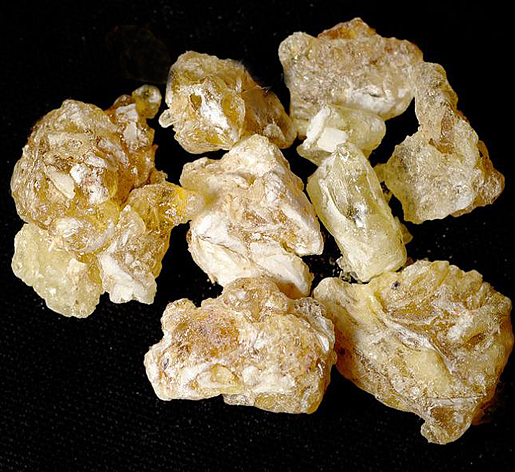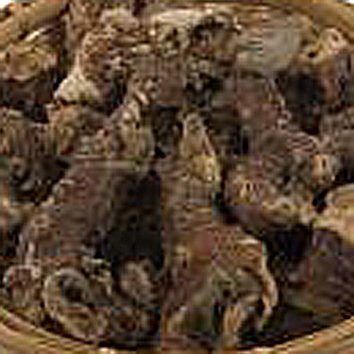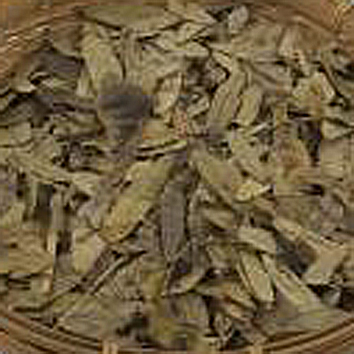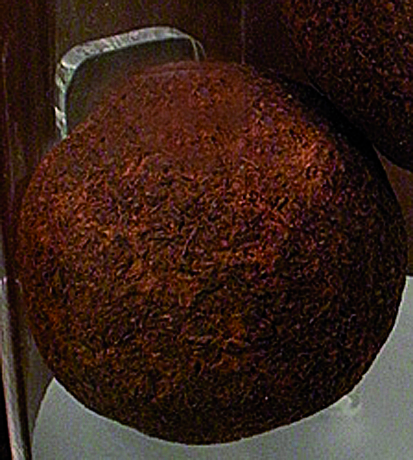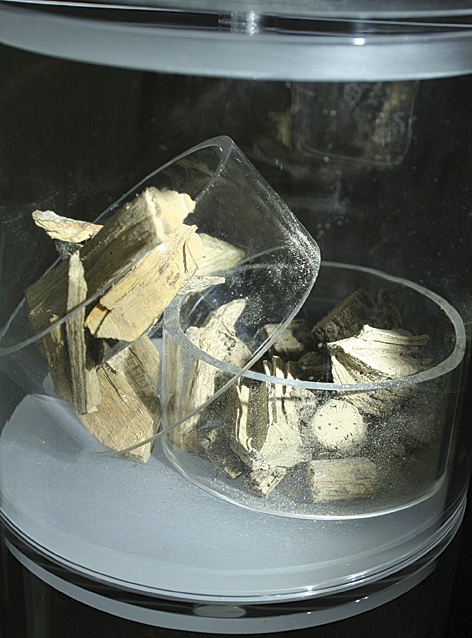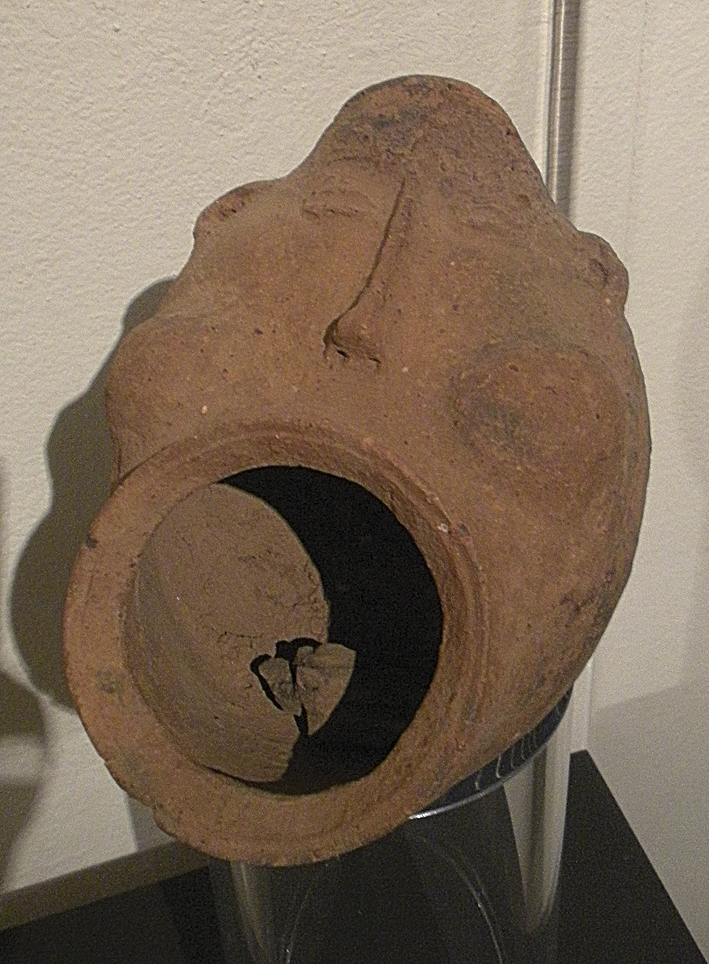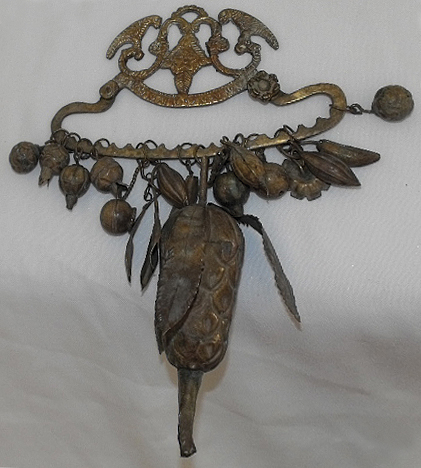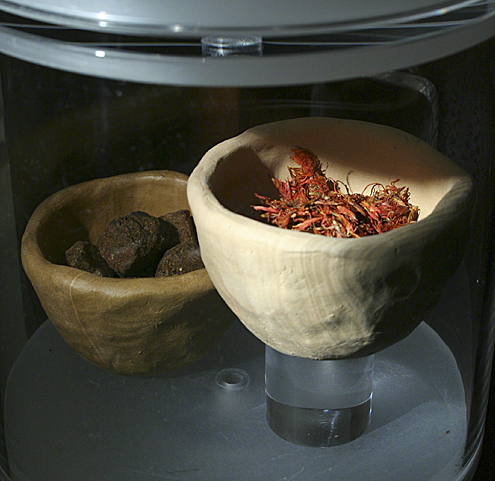
Click here to view image
Honghua and Shenqu
Honghua (Carthamus tinctorius, family Asteraceae/Compositae)
Used as a painkiller and to stimulate blood circulation.
Parts used: fiori.
Shenqu
Fermented medicated mass. Used to relieve stomach pain and lack of appetite.

